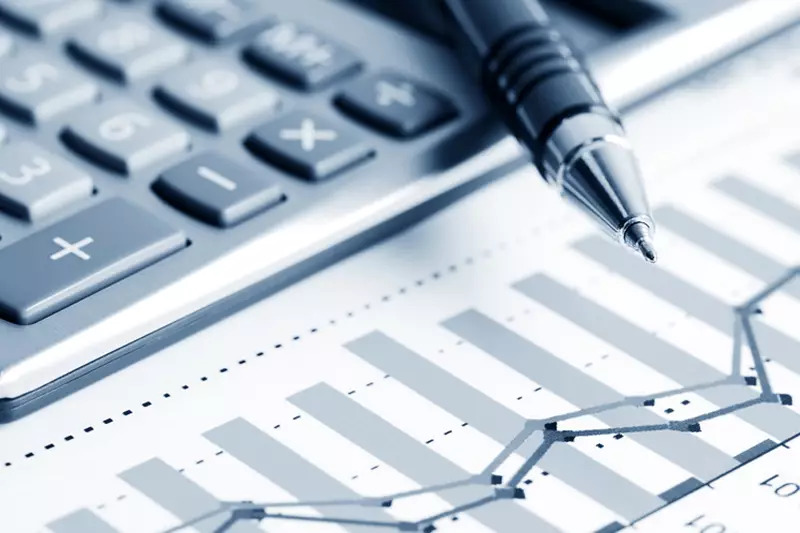The dynamics of currency markets reflect broader economic expectations and geopolitical shifts. Recently, the U.S. dollar has demonstrated significant movement, achieving its most considerable weekly gain in over a month. This surge comes amid reassessments of interest rate strategies, primarily influenced by incoming President Trump’s anticipated policies, particularly in light of inflation concerns. As market participants analyze these developments, the dollar’s performance appears to be a litmus test for future economic trajectories.
One of the primary drivers of the dollar’s recent strength is speculation regarding interest rates set by the Federal Reserve. Remarks from Fed Chairman Jerome Powell indicate a cautious stance on rate cuts, suggesting the central bank is not in a hurry to reduce rates. This prudent approach signals that the Fed perceives less pressure to respond to economic fluctuations in the immediate future, especially against the backdrop of potential inflationary policies from the Trump administration.
Market participants had previously been inclined toward more aggressive rate-cut positions; however, Powell’s comments prompted a shift in sentiment. The decreasing probability of a rate cut in the upcoming December meeting—dropping from 82% to 61%—exemplifies this changing landscape and underscores a growing belief that the economy may not require immediate intervention.
As the U.S. dollar strengthens, its effects cascade through the global currency market. With the dollar trading favorably against major currencies, including the Japanese yen and the euro, it reflects confidence in the dollar’s resilience amidst economic uncertainty. Notably, the dollar gained momentum against the yen, surpassing the 156-yen mark, a noteworthy achievement since the preceding summer. However, it is essential to recognize that despite these gains, fluctuations remain part of a broader economic narrative that involves varying responses from international currencies.
The euro is experiencing its own challenges, continuing on a downward trajectory and achieving lows not seen since October 2023. This decline indicates a lack of confidence in the eurozone’s economic future, exacerbated by perceived inconsistencies in U.S. policies. Thierry Albert Wizman’s insights highlight this sentiment, noting a growing skepticism regarding stability under potential Trump administration appointments and the impact on the broader economic narrative regarding American exceptionalism.
Recent data from the Commerce Department reveals a modest increase in U.S. retail sales, which, although slightly exceeding expectations, indicates a slowing momentum in consumer spending entering the final quarter of the year. This slowdown can be debilitating for an economy primarily powered by consumer demand. Boston Fed President Susan Collins further emphasizes this point by suggesting that the Fed might reconsider rate cuts based on forthcoming data related to job performance and inflation.
Consequently, the intricate interplay between retail performance and currency valuation is apparent, as consumer confidence serves as a bellwether for broader economic health. Should consumer spending continue to show signs of moderation, it could prompt a re-evaluation of expected economic growth trajectories.
Across the Atlantic, the U.K. faces steep economic challenges, with the pound experiencing its sharpest decline since early 2023. A surprising contraction in Britain’s economy during September reinforces concerns around growth dampening. This economic stagnation casts a shadow over any potential optimism for the pound, highlighting the interconnectedness of global currencies in an increasingly volatile economic climate.
In the realm of cryptocurrencies, Bitcoin continues to captivate investors, trading around $90,000 amidst profit-taking behavior after substantial gains. While Bitcoin’s rise is notable, Ethereum’s decline signifies that not all digital assets are performing robustly, reflecting the sometimes divergent trends within the cryptocurrency market.
As we move forward, the U.S. dollar’s recent rally illustrates broader themes in economic analysis: the influence of monetary policy, the interconnectedness of global currencies, and the importance of consumer behavior. While fluctuations in currency value may seem technical at times, they invariably tell a deeper story about economic sentiment and expectations for the future. With ongoing scrutiny of both domestic and international economic conditions, the dollar’s trajectory will likely remain a focal point for investors and policymakers alike.


Leave a Reply